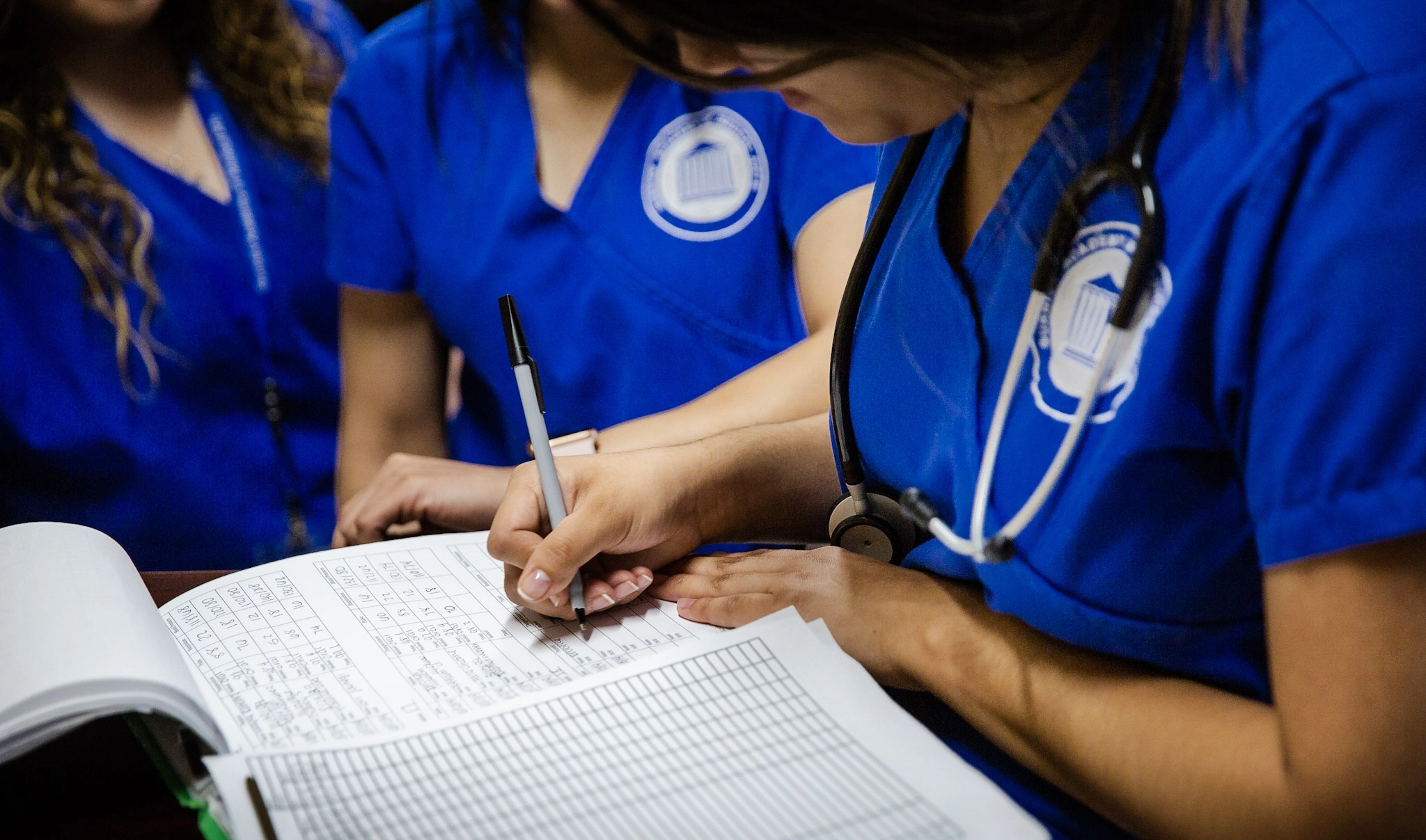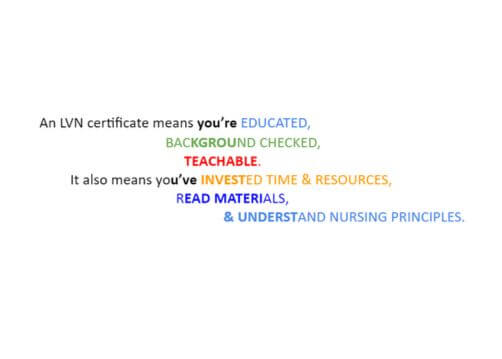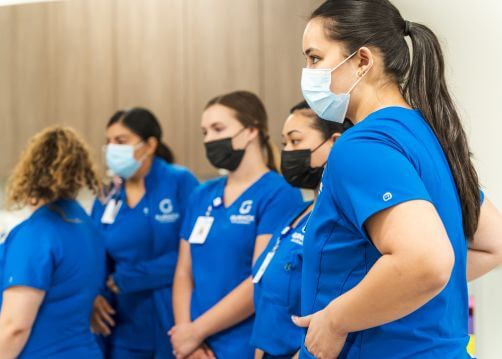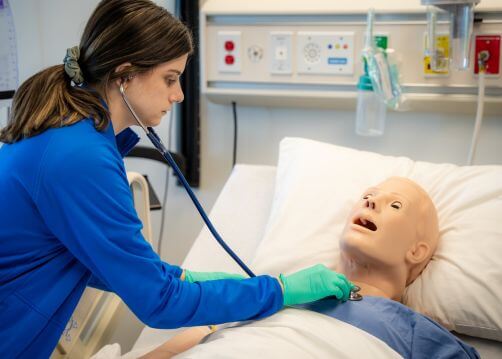LPN Training in California
Date: March 23, 2019
Training for an LPN in California is a career that allows one to work with sick, injured or convalescent patients. According to the BVNPT, there are 96 LPN training programs in California. So, there are many ways in which one can pursue one career as an LPN.
LPN’s must complete a state-approved training program in vocational nursing to be eligible for licensure. Most training programs are available from technical schools or community and junior colleges. Other programs are available through high schools and hospitals. A high school diploma or GED is required for entry into the program.
According to the Board of Vocational Nursing (2010), most training programs last from 12-14 months and include academic and clinical practice (patient care). Classroom study covers anatomy and physiology, necessary nursing skills related to patient care, including medical-surgical nursing, pharmacology, obstetrics, pediatrics, psychiatric nursing, and nutrition. Clinical practice is usually in a hospital but may include other settings, such as skilled nursing facilities.
Training for an LPN provides care for patients in many ways. They provide primary bedside care, measure and record height and weight, and record vital signs, such as temperature, blood pressure, pulse, and respiration. They also assist with bathing, dressing, and personal hygiene, moving in bed, and ambulation.

LPNs, in training, also monitor their patients and report adverse reactions to medications or treatments. They gather data from patients, including their complete health history and how they are currently feeling, and monitoring pain on a scale from 0-10. They use this information to share information with RN’s and doctors to determine the best course of care. Furthermore, they also often teach family members how to care for a relative or teach patients good health habits.
As part of their training, LPN’s collect samples for testing, perform routine laboratory tests, record intake and output, and monitor and calibrate some equipment (Blood glucose machines). They may assist the RN’s perform procedures. LPN’s in training also administer prescribed medications and assist in providing care to ventilator-dependent patients.
There are qualifications that the LPN in training should have,” a caring and empathetic nature. One should be emotionally stable because working with patients of different types can be stressful. They also need to be observant and have ethical decision-making and communication skills. As part of the health care team, they must also follow orders and work under the instructor’s close supervision.
To become eligible to be an LPN, one must complete a state-approved training program in practical nursing. The National Council Licensure Examination or NCLEX-PN is a computer-based exam and varies in length.
According to the Bureau of Labor Statistics, once the practical nurse passes the NCLEX-PN, they may be employed in a facility. These facilities include acute medical-surgical hospitals, convalescent hospitals, home care agencies, doctors’ offices, ambulatory surgery centers, dialysis centers, blood banks, psychiatric hospitals, correctional facilities, and vocational nursing programs.
In some employment settings, such as skilled nursing facilities, LPN’s can advance to become charge nurses who oversee the work of other LPNs, nursing assistants, and patient care technicians.





